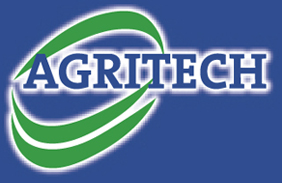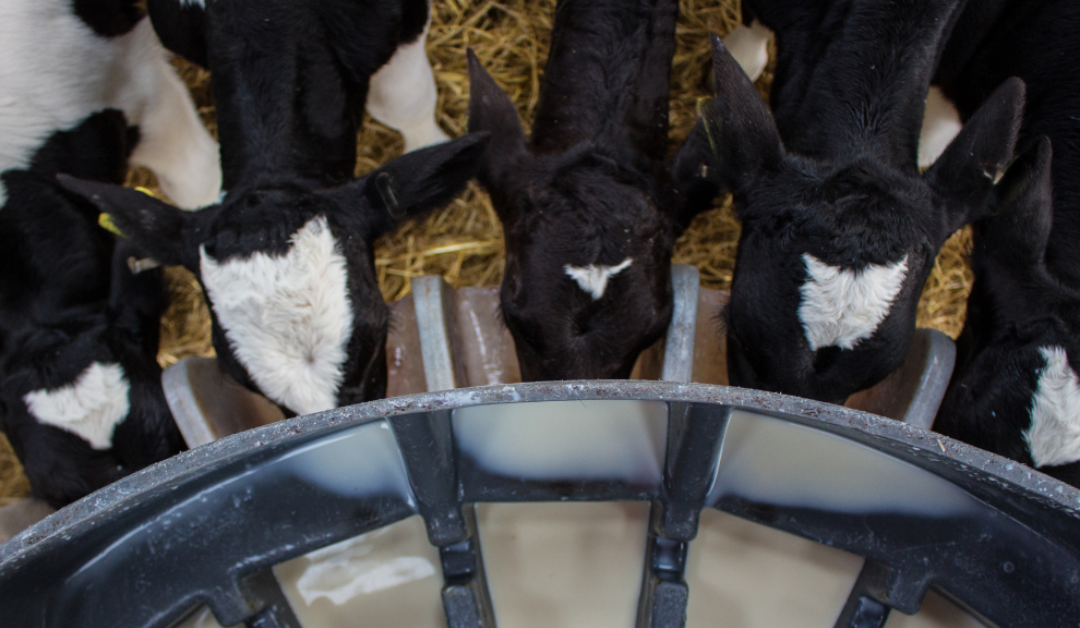As spring looms ever closer, we fast approach the influx of the next generation of calves on farm. Replacement heifers born over the next few weeks will calve down in February 2027, become the herds mature stalwart cows of 2030 and the influence we can have on the beginning of their lives will long be felt regarding longevity, milk production, and overall herd health.
Year on year we will discuss, read and write about 3-2-1 rules and how important colostrum management is. Yet conversations still arise around how best to avoid scour outbreaks in sheds, anti-scour remedies etc., and as we face into another spring a back-to-basics approach should be taken with colostrum.
Get the basics right
Its important to remember that the calf’s first opportunity for infection is via its navel or mouth – and its first contact from both will happen in the calving pen. Cows’ underbelly, teats and calving pen bedding become the first source of possible infection for a new-born calf. Hence the importance of good dry cow cubicle management. Prolonged time spent in calving areas are often a key issue with disease transfer in herds, especially where unhygienic conditions as also a factor. From here, all feed equipment must be disinfected before colostrum is collected and fed. Dirt contamination of colostrum is now known to have a negative effect on passive transfer and therefore cleanliness of the collection process is vital.
Storage is also imperative – it is an all-too-common sight to see open buckets of colostrum in the parlour/dairy – and where ambient conditions arise, bacterial counts can double every 20 minutes. A dam-to-calf systems is obviously the ideal, however during extremely compact calving periods this can sometimes be difficult to obtain. Colostrum quality will vary massively between cows depending on age/parity, volume produced, dry period length, and dry cow nutrition, etc. If we can avoid pooling and use a 1-cow to 1-calf option. At the very least where pooling occurs colostrum must be Brix tested to avoid dilution happening with poor quality colostrum.
Vaccination of the dam is also a key consideration to help reduce risks around calf health. However, it is worth noting, that passive transfer from a vaccine only occurs from dam-calf via colostrum and transition milk, so all of the above applies to get full coverage from vaccinating the herd.
Research has shown where passive transfer is 100% successful mortality rates of <5% is achievable, in stark contrast where passive transfer rates of 85-90% is achieved, mortality rates can increase to ~ 8%.
Treat colostrum management with the respect and attention it deserves.


